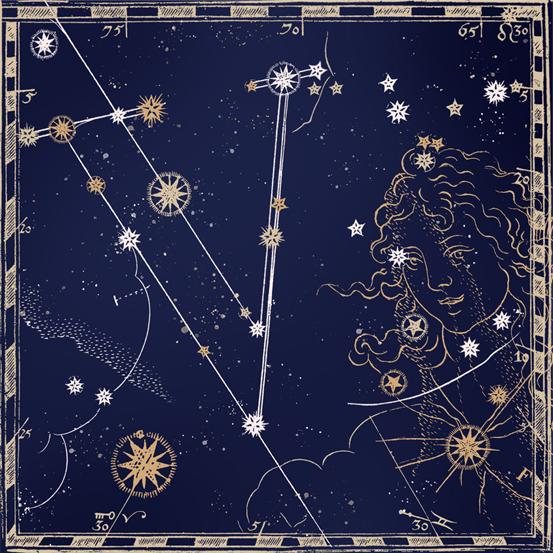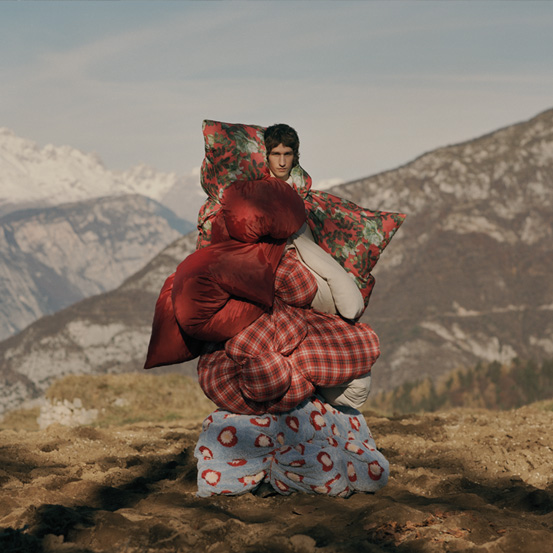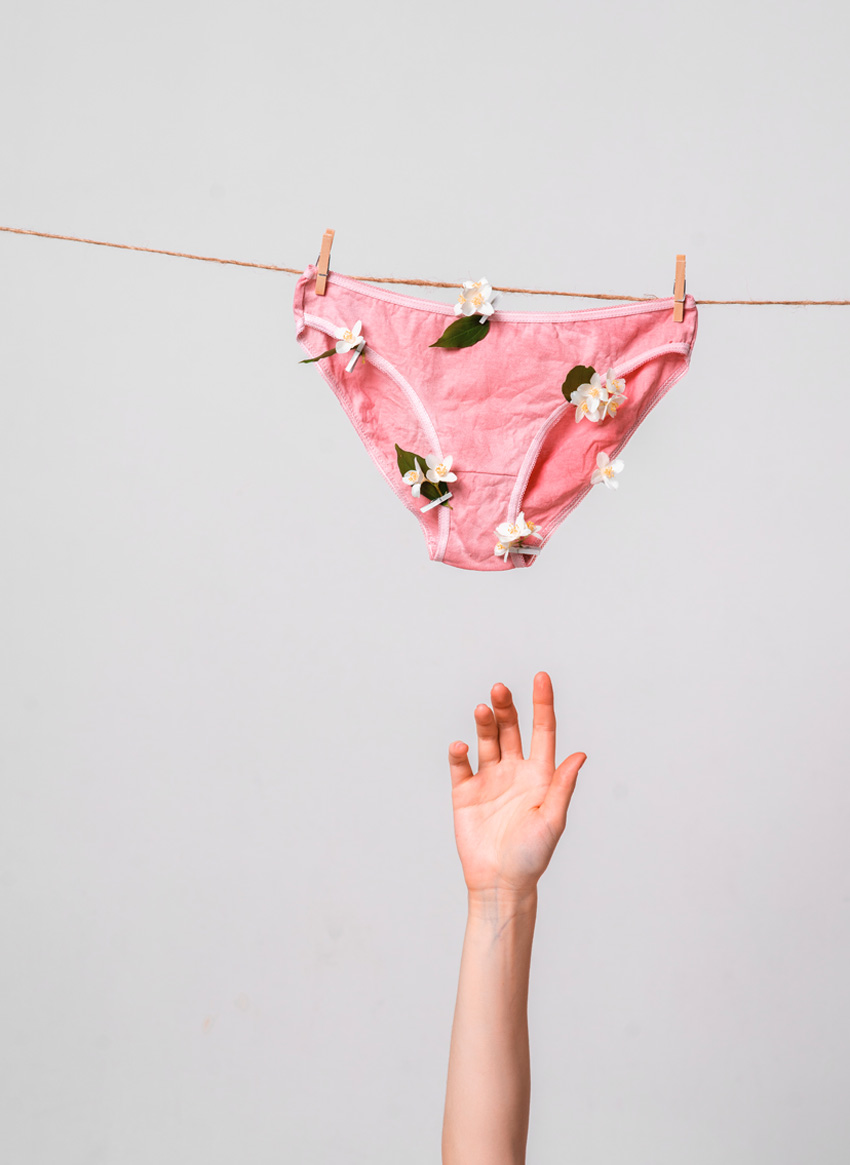The Blossom Issue
Et voilà, spring! When the days seem to get longer, the flowers bloom and life starts to happen to us. This is accompanied by a surge of desire: carnal, sexual, intimate. Let's call it what we like, just don't deny that it exists. Let's welcome the spring - hot hot - fever season.
Set for March 20, the arrival of the most romantic season of the year is always a cause for celebration. After the cold and sordid darkness of winter, spring comes along to encourage us to live life. The days get longer, the trees are covered in the most beautiful flowers that nature has to offer, making the saddest of streets look brighter. Birds sing happily and adorable ladybugs greet us at the window. All to make us sure: we have officially arrived in spring. So we take off layers and layers of clothes, our bodies are bare, and we're eager to "put our sticks in the sun" and take a deep breath of the new fragrances that are wafting through the atmosphere. If we're lucky, we fall in love or, better still, on all fours. It can also happen that we want to do with others "what spring does with cherry trees", as Pablo Neruda imagined in his Twenty Love Poems and a Desperate Song. In short, we allow ourselves to be enchanted by the charms of life. Admittedly, there may be something primitive about wanting to get physically and sexually involved at this particular time of year. But at the same time, this fact is far from strange. Just as birds and otters mate in spring, human biological impulses, including procreation, are directly linked to the seasons, according to a 2013 study. "With the arrival of spring or warm weather, hibernating animals revive and go out into the world in search of food and, in some cases, partners," notes the National Wildlife Federation. "The sun and brightness of spring improve our mood and can therefore boost desire," says sexologist Vânia Beliz. "The cold and gray days of winter can affect our mood and limit sexual interest. It's in spring that most animals reproduce, since away from the lower temperatures there's a greater chance of food and their young growing," she explains. The climate is therefore a catalyst. If, on the one hand, we know the importance of vitamin D - which comes to us (also) through the sun - on the other, greater exposure to sunlight increases the production of serotonin, the neurotransmitter that elevates mood. And then what? What happens next is that happy people tend to get (more) excited. More pleasant weather encourages us to go out more, socialize more, and, who knows, meet potential new partners. At the same time, the arrival of spring means we leave behind the endless layers of clothing that the colder season requires - both on the body and in bed. And if exposed skin means more sexual tension, the opposite is also true. "Many people have serious air conditioning problems in their homes, which increases discomfort and keeps intimacy at bay. It's in the cold that polar sheets, fuzzy pajamas, socks... appear. All elements that don't seem to be very 'friendly' to the libido or inviting to sex. Despite the romantic scenes by the fire, winter seems to lose out to the other seasons when it comes to sexual desire and frequency."
Electricity bills aside, it's also true that we don't always have to be ready and available to have sex. "If there's a time of year when we feel we need to get back together, let's do it. There's nothing wrong with that as long as it doesn't affect the couple. The important thing is to communicate. Often, winter makes us do less self-care; we stop shaving, taking care of our feet, paying attention to a hidden body... This withdrawal from self-care can also limit desire. We don't have to, but if we compare it to the summer when the body shows itself, self-care also seems to hibernate in winter." The fact is that, over the years, psychologists have been examining how the seasons affect people's mental health. There is, for example, seasonal affective disorder (SAD), a type of depression that occurs in the fall and/or winter and causes symptoms such as sadness, oversleeping, increased appetite, and difficulty concentrating. Treatment includes light therapy (phototherapy), psychotherapy, and medication. The same studies confirm that there is evidence that some people - with or without seasonal affective disorder - have improvements in mood and increased energy levels in spring. Dan Oren, a psychiatrist who studies seasonal affective disorder, says that "people with SAD, by definition, get better in the spring." They may also notice that "their episodes are less severe during periods of bright light [and] good weather in winter, or during a visit to a sunny climate," he adds. Some experts argue that SAD is related to delayed circadian rhythms, while others say it's a little more complex. Whatever it is, it seems that a lack of exposure to bright light (such as sunlight) is a key contributor to SAD. And if we're depressed, how are we going to relate? Another study found that women and men function differently when it comes to sexual desire, with women peaking in the spring and men in the fall. A research team from the University of Tromso in northern Norway also concluded that female sexual desire is determined by light and the sun: "Women follow the light when it comes to sexual interest, but surprisingly, men don't," Arne Holte from the University of Tromso (UIT) told Norwegian broadcaster NRK. Holte studied the connection between sexual desire and light, using young people in Tromso, Alta, and Hammerfest as part of his research, and concluded that April and May are the months when women show the highest sexual interest. According to sexologist Bente Træen, also from the university, men's sexuality is considered to be more stable, while women's is more affected by the environment and menstruation. While men produce testosterone all the time, female hormones that affect sexual desire increase as the amount of daylight increases. "I want to do with you what spring does with cherry blossoms," ends Poem 14 of the Chilean poet's book Twenty Love Poems and a Desperate Song. Published in 1924, this sentence in particular clearly shows a celebration of romantic love where eroticism and the praise of women's bodies intersect with Neruda's passion for nature. And none of this is by chance.
Translated from the original in The Blossom Issue, from march 2024. Full credits and stories in the print issue.
Most popular

.jpg)
10 things I bark about you: será passear o nosso cão a nova dating app?
03 Nov 2025

Relacionados

Editorial | The Art of Living, novembro 2025
06 Nov 2025





.jpg)